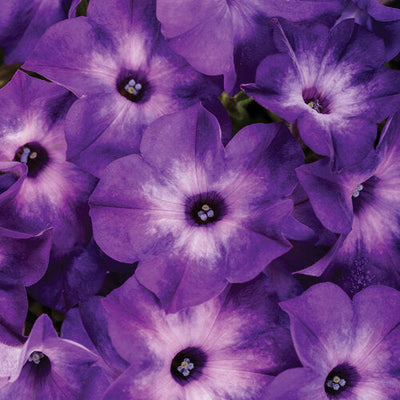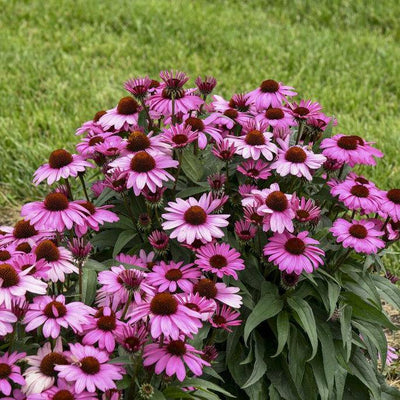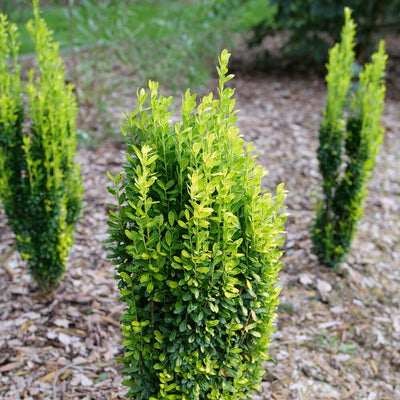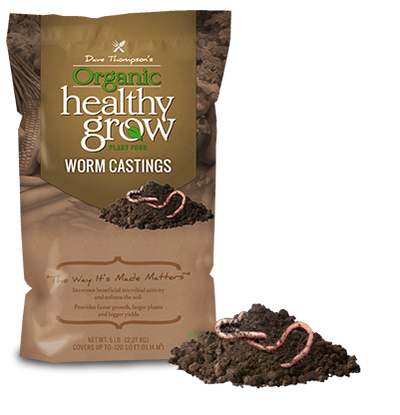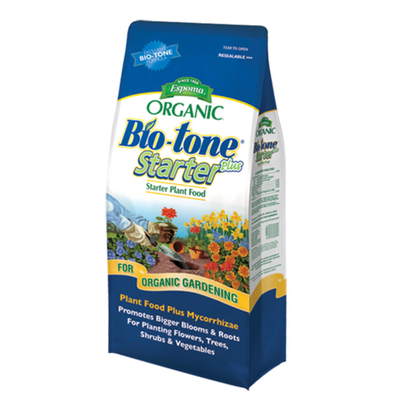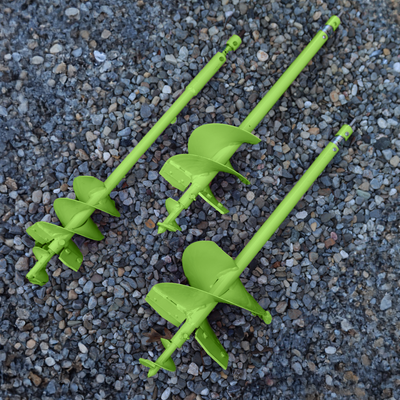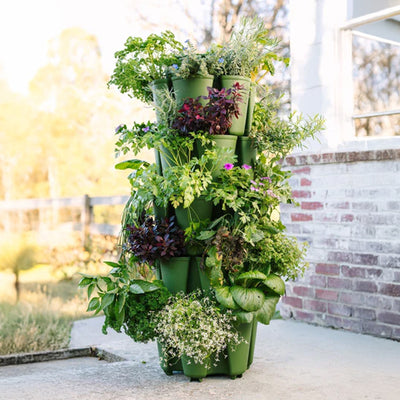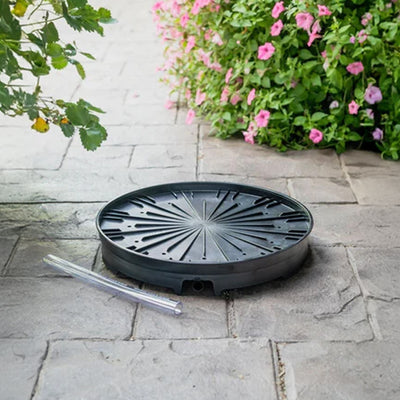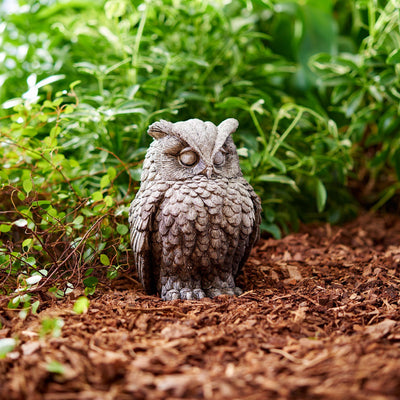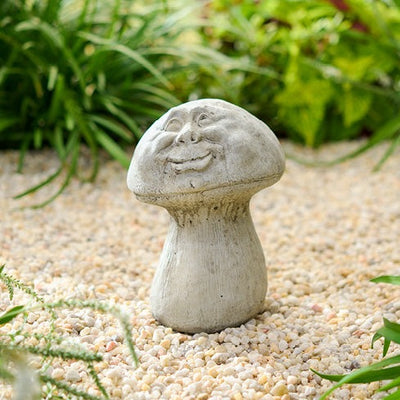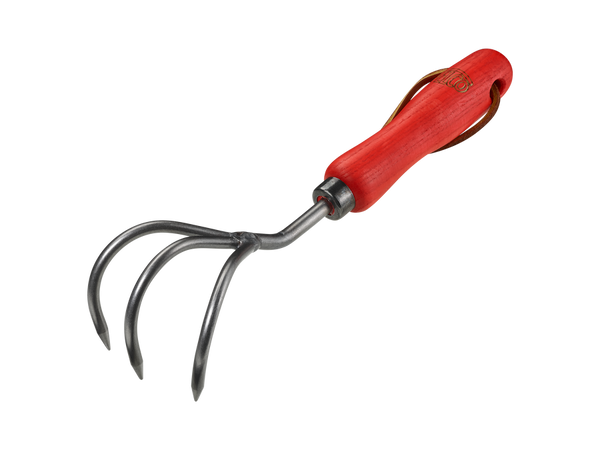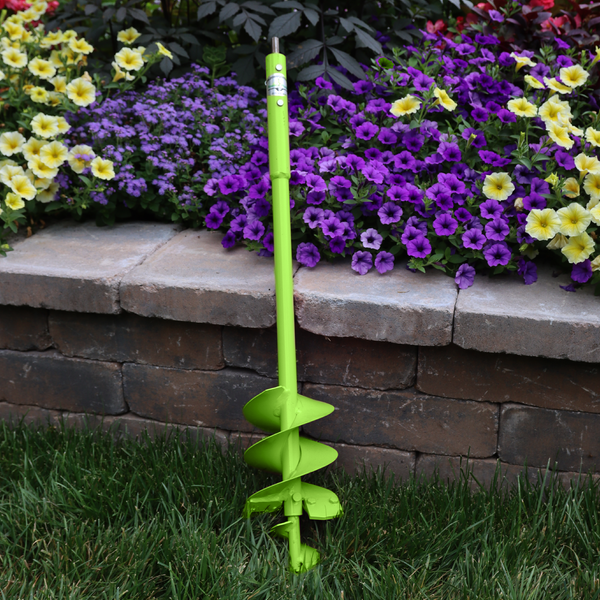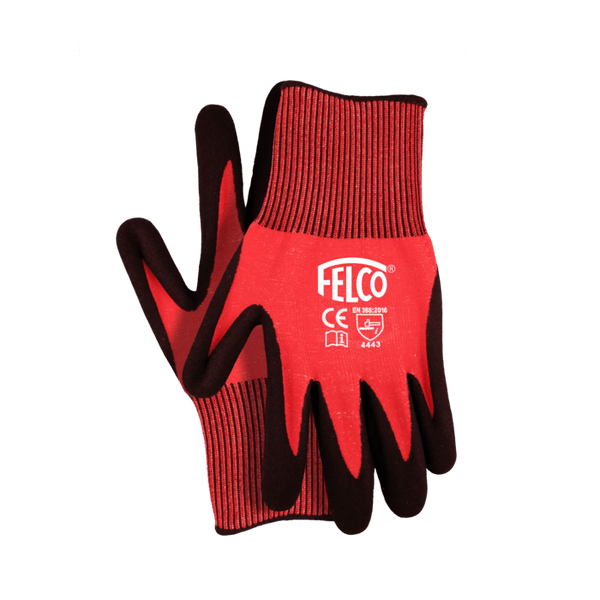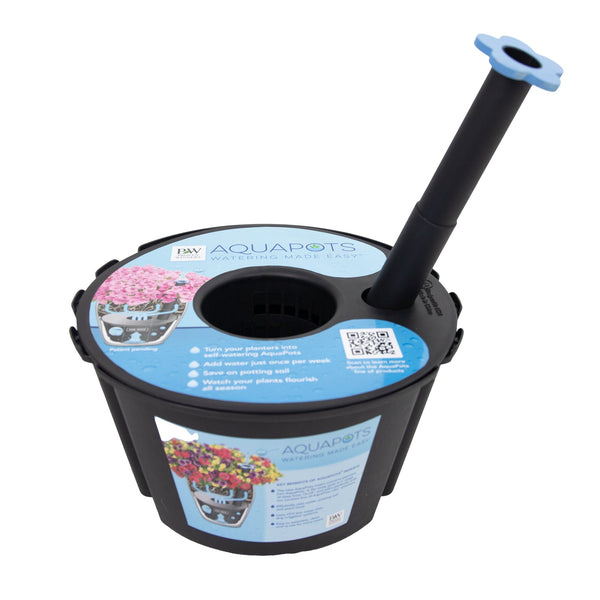Wee Bit Grumpy® Bigleaf Hydrangea
Proven Winners is constantly working to refine and improve their offerings for the North American garden and to the nursery industry in using the best in new plant and production materials.

Features
Characteristics
Plant Needs
Don't be fooled by its curmudgeonly name: Wee Bit Grumpy hydrangea will put a smile on your face! Like its sister plant, Wee Bit Giddy hydrangea, it was selected for its combination of pure, intense, saturated flower color and outstanding landscape performance. And its color is really something you must see to believe: in acidic soils, its big, full blooms take on a moody, dramatic deep purple-blue. They appear amid a neat, tidy mound of compact foliage that resists disease and stands up better to cold weather than conventional hydrangeas. Oh - and about that name! We know you're wondering: "Grumpy" was the working name that the breeder had sent the plant to us with. During its evaluation period, every time we noticed its glorious blooms and asked, "What is that?!", we'd look at the label and see "Grumpy." It made us laugh, and we thought you'd get a kick out of it, too.
Top reasons to grow Wee Bit Grumpy hydrangea:
- Big, full blooms display a deep, moody color
- Excellent performance in the landscape
- Dark green glossy foliage
Characteristics
Plant Needs
Don't be fooled by its curmudgeonly name: Wee Bit Grumpy hydrangea will put a smile on your face! Like its sister plant, Wee Bit Giddy hydrangea, it was selected for its combination of pure, intense, saturated flower color and outstanding landscape performance. And its color is really something you must see to believe: in acidic soils, its big, full blooms take on a moody, dramatic deep purple-blue. They appear amid a neat, tidy mound of compact foliage that resists disease and stands up better to cold weather than conventional hydrangeas. Oh - and about that name! We know you're wondering: "Grumpy" was the working name that the breeder had sent the plant to us with. During its evaluation period, every time we noticed its glorious blooms and asked, "What is that?!", we'd look at the label and see "Grumpy." It made us laugh, and we thought you'd get a kick out of it, too.
Top reasons to grow Wee Bit Grumpy hydrangea:
- Big, full blooms display a deep, moody color
- Excellent performance in the landscape
- Dark green glossy foliage
